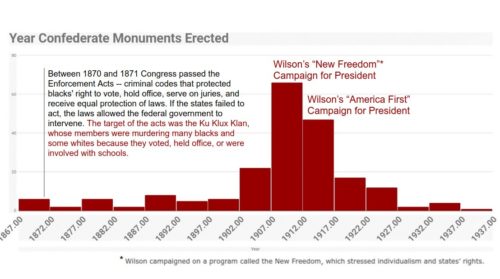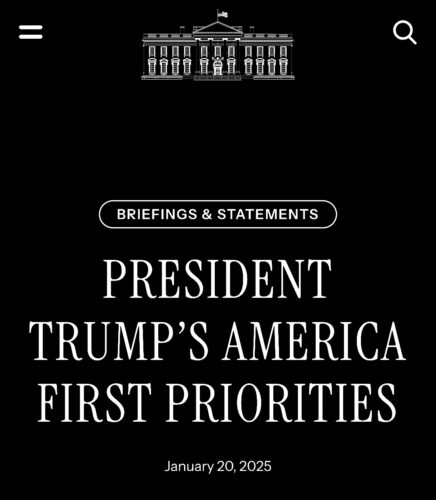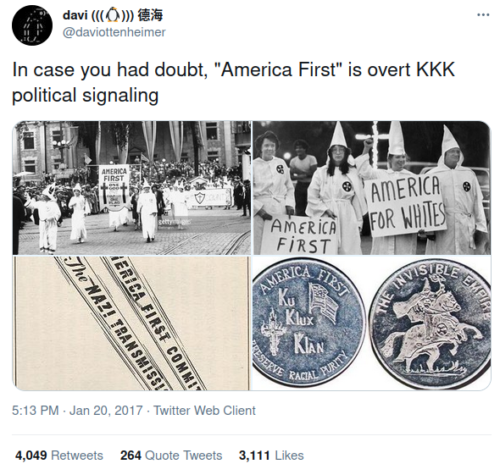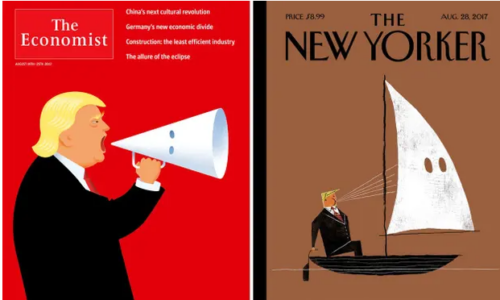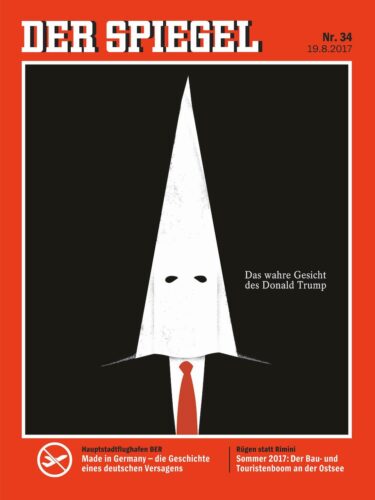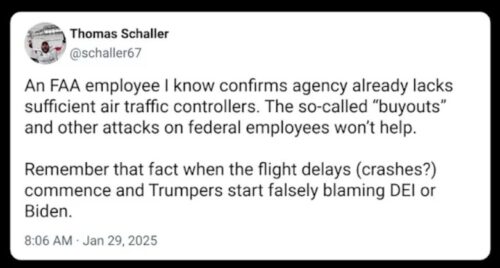In 2022 a swarm of Russian helicopters descended on Ukraine’s Hostomel Airport on the false pretense of being “liberators” – because a capitol city nearby was in Putin’s disinformation crosshairs. They were there to “denazify” Ukraine, to “rescue” it from “corrupt influences,” to “restore” it to its rightful place in the Russian world. The invasion wasn’t painted as invasion, but rather to be seen as “strong men” performing a cleansing of “enemies within.”
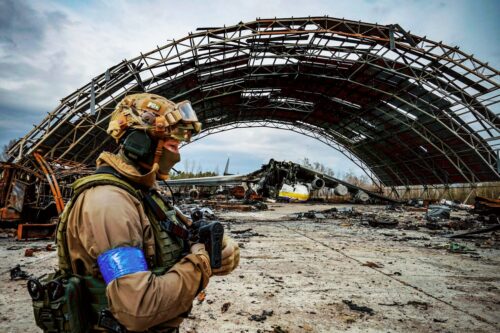
Obviously that plan to ignite a fraudulent civil war failed, leading to Russia declaring war on Ukraine instead, but does any of this sound eerily familiar in 2025 America?
Just as Putin planned to install non-Ukrainian loyalists into power while claiming they represent “true Ukraine”, America faces its own imported strongmen claiming to represent “true America” – a South African tech billionaire positioning himself to reshape American institutions while declaring himself more American than Americans (because… he’s a white man).
False Narrative Underlying Power Capture
Putin’s framing of Ukraine as riddled with internal enemies mirrors today’s American rhetoric about “deep state” operatives, “woke ideology,” and the need to “take back our country” from diversity (DEI).
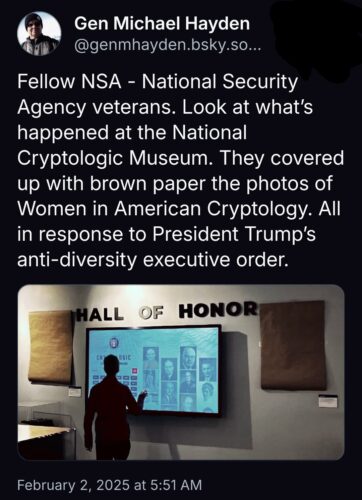
Just as Putin labeled Ukrainian defenders as “Nazi sympathizers,” we see American institutional defenders branded unfairly as “corrupt ideologues” or targeted with McCarthy-era hateful phrases like “diversity hire incompetents.”
This is all about the chess moves well known in information warfare circles, with Russia attempting to drive Americans into a tactical trap:
- Resist slower: End up like Prague in 1968
- Resist faster: Get painted as proving the “enemies within” narrative
- Either way: Institutional collapse is being setup to be blamed on the institutional defenders
Remember Prague?
Notably, Ukrainian remember well what happened in the 1960s, the 1970s… Czechoslovakia’s response to Soviet invasion shows the cost of hesitation, allowing for asymmetry in power to choke off resistance even at national scale.
By the time Czech citizens in 1968 began organizing resistance, the Soviets already had landed and expanded:
- Seized control of key infrastructure
- Replaced key personnel
- Established new command structures
- Made institutional capture irreversible
The tragedy of Prague wasn’t just that resistance was slow to materialize compared with “insiders” seizing control – it’s that early resistance might have been labeled “anti-Soviet provocation” anyway. They faced the same tactical trap but chose a form of paralysis that undermined their own chances of safety.
How Ukraine Exposed the Paper Putin
Ukraine masterfully found a way through the double-bind. Arguably, because they knew their Soviet history so well, they flipped the script on Putin’s geriatric attack plans, refusing to accept foreign-born loyalists as legitimate representatives of Ukrainian interests.
Similarly, American institutions must now resist foreign-born billionaires claiming sole authority – being corrupt and fraudulent strong white men – to define American values.
Belarus also shows how this playbook works, given foreign-backed figures claim deeper patriotism than natives, while systematically replacing local institutional knowledge with imported loyalists. Sound familiar, Tesla shareholders? The founders of Tesla were abruptly pushed out and replaced with Elon Musk and his cousins, right?
The Ukrainian defense of integrity and anti-corruption model thus offers crucial lessons:
- Institutional Resilience
- Built redundant systems that couldn’t be easily centralized
- Maintained professional networks outside official channels
- Documented everything to preserve institutional memory
- Created backup communication systems
- Prioritized protecting critical databases and infrastructure
- Smart Resistance
- Focused on defending systems, not winning rhetorical battles
- Built broad coalitions that transcended political labels
- Maintained professional standards even when branded as corrupt
- Created distributed leadership to prevent decapitation strikes
- Protected technical infrastructure from both capture and collapse
Threading the Dictator’s Needle
Resistance to the end of freedom and democracy in America, given today’s context, therefore requires:
- Preemptive Protection
- Secure critical databases before they can be compromised
- Create backup systems for essential functions
- Document institutional procedures and safeguards
- Build professional networks that can survive purges
- Establish clear protocols for protecting critical systems
- Strategic Response
- Focus on protecting functions, not fighting narratives
- Maintain professional standards as proof against “incompetence” claims
- Build cross-institutional support networks
- Create distributed rather than centralized resistance
- Preserve technical expertise and institutional knowledge
- Resilient Systems
- Design systems that can’t be easily centralized
- Create redundancies in critical functions
- Maintain independent communication channels
- Document everything to prevent memory holes
- Build coalition networks that transcend political labels
False Choice Seduction
The tactical trap offered by Putin and then Musk, as enabled by their puppet Trump, presents a false choice between resistance and survival. Ukraine proved how to take on the “inside” threat and do both by:
- Focusing on functional rather than symbolic resistance
- Building resilient systems rather than rigid hierarchies
- Maintaining professional standards as a form of defense
- Creating distributed networks rather than central points of failure
- Protecting critical infrastructure while avoiding escalation traps
Three years after Ukraine won its Hostomel moment, America stands facing the same threat but with a crucial difference – we can learn from both Ukraine’s success and Prague’s tragedy. The choice isn’t between resistance and accommodation, but between smart resistance and fatal hesitation.
The “enemies within” narrative has been building for years either way. Elon Musk tweets “civil war is coming” like twenty times a day, as if trying to invoke it on his own. The only question is whether we’ll have preserved our institutions against a South African immigrant who rushes to replace American government with a cabal of young Seymour-like sycophants.
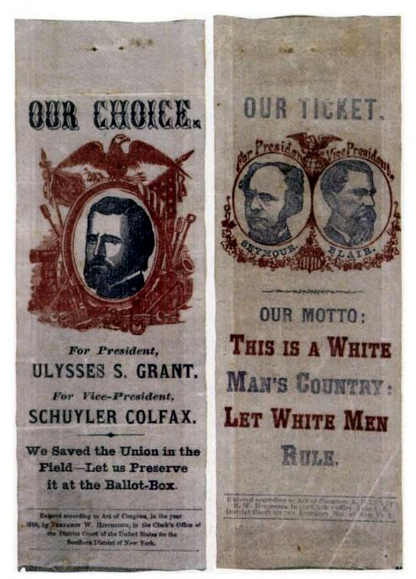
Time is short. The Tesla vehicles are in the streets, the SpaceX spy satellites are overhead, SpaceX rockets descending. Will we protect our infrastructure, or wait until protection becomes impossible?

